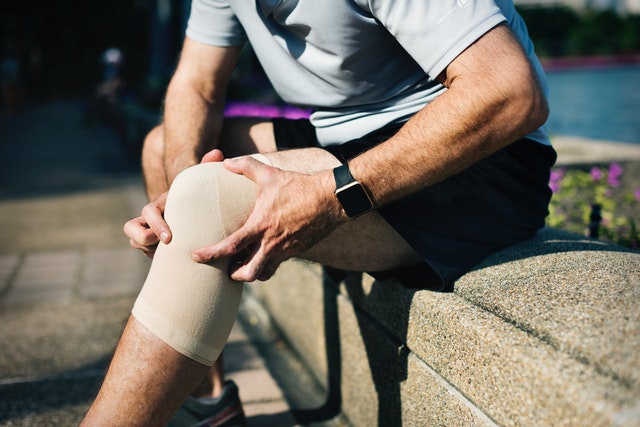This post may contain affiliate links. Please read the disclaimer for more info.
Most of us, when we are about to work out or do something physical, like to stretch out a bit before we exert ourselves. The idea behind this is that our muscles feel tight so we should probably loosen them up a bit so we don’t pull one of those muscles. It sounds reasonable and I will still do it myself out of habit because I think it mentally makes me feel more prepared.
The only problem with this thought process is that we are disregarding something that has the power to allow us much more freedom in our movement and its called fascia.
The vast majority of people walk around with very dehydrated, inflexible, unhealthy fascia because we haven’t been giving it any attention. Fascia is the connective tissue that wraps and surrounds every single thing inside of our body.
It needs to be hydrated so it can glide across our internal moving parts without sticking to them and it needs to be elastic so it can stretch further and even allow our muscles to stretch further.
This is exactly why fascia is so important. If it cannot stretch, then it restricts the movement of all the muscles, ligaments, and tendons that it’s surrounding. This then limits our overall mobility and leads to lots of injuries.
The problem with static stretching is that when you’re standing in place and holding a position that makes you feel a pull, it’s just putting a strain on the ligaments, tendons, and muscle tissue without stretching the fascia.
Static stretching just forces the fascia to reluctantly be strained along with the muscle tissue when this is not actually addressing the problems of inflexibility or immobility.
I’ve actually heard of several cases of people with issues like plantar fasciitis and achilles tendonitis that notice their condition gets worse when they use static stretching on their injured/inflamed areas.
Static stretching has also been cited as something that will increase your chances of a muscular injury. The problem with it is that our muscles are basically resisting the stretch when we do it in this way.
Pulling on muscles when they do not want to be lengthened or are not ready to be can cause a negative reaction from them like a stretch reflex, which will lead them to tighten back up even firmer as a response to the pull we were putting on them.
This is just a mistreatment of all this tissue that needs to be “stretched” in a very specific way.
That specific way is through myofascial release. This involves locating a knot or adhesion in the fascia (a spot that hurts when compressed), compressing that spot and applying as much pressure as is comfortable on it, holding the pressure on that exact spot without shifting around using a foam roller or a massage ball, and engaging the targeted muscle.
To engage the targeted muscle, think of trying to release part of your calf. If you are compressing an adhesion in your calf fascia, you should plantarflex and dorsiflex your foot (point the toes down and pull them back towards you alternately) and even roll your foot around in circles both ways. You should do these actions slowly so the pressure can get in deeper.
We would make these movements while compressing because they engage the calf and get it to relax and contract, therefore finding deeper points in the calf to release. This compression pins the fascia so it stays in place and you can hold the pressure on one exact spot at a time and you make the change by engaging the muscle and making movements like the examples above.
Engaging the muscle tells the fascia that you want to be making these movements at full range of motion and you are trying to eliminate the adhesion that is keeping your fascia stuck and restricting motion.
Once you get rid of an adhesion or multiple of them, you should notice that you have better range of motion with that muscle and around it too. When fascia is dehydrated or has adhesions in it, it sticks to the muscle or whatever it is surrounding and restricts it from moving as freely.


Leave a Reply